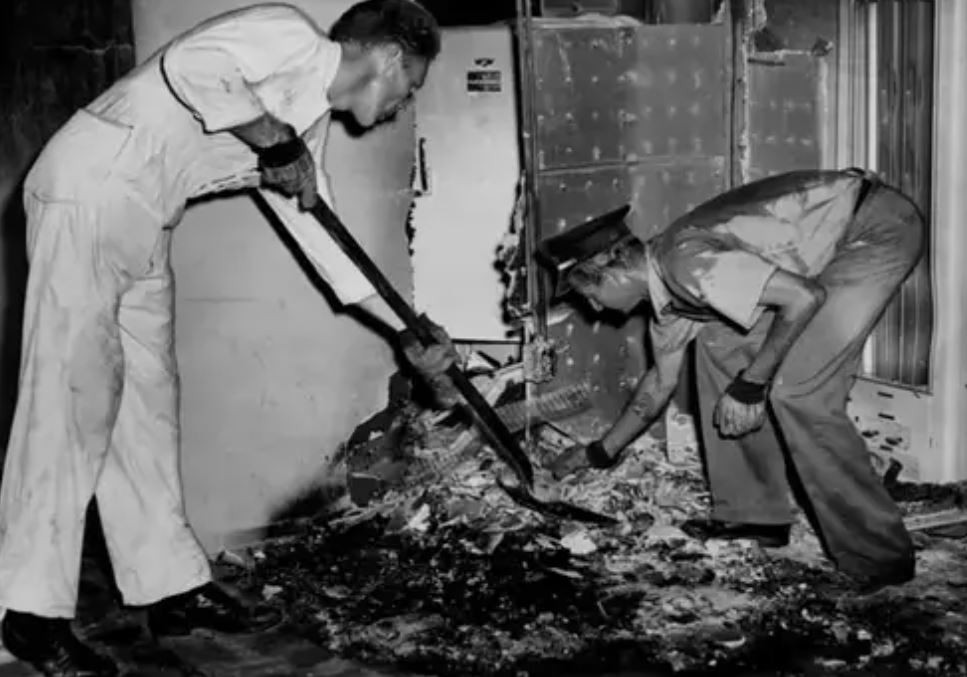In December 2010, a 76-year-old man in Ireland died from standing fire on his living room floor. About a year later, a coroner officially decided that he died from a strange phenomenon: spontaneous human burns.
This phenomenon, as it has been understood for centuries, is explained as the sudden flaming of an object without being ignited by any external source. Roger Byard, a pathologist at the University of Adelaide, told Insider that in the Irish man’s case, forensic scientists encountered a scene where the victim’s hands and feet were intact, while his torso and head were burned to ashes. As in incidents of this type, nearby furniture was minimally damaged.
Byard sought the answer to the question, if spontaneous human combustion is a real phenomenon, why doesn’t it happen more often? Because in the last 300 years, such an event has happened about 200 times.
Byard says in his statement: “The truth is, people get burned—but not spontaneously.”
“Spontaneous human combustion” for centuries
In the late 14th century, a knight named Polonus Vorstius drank wine one night before he burst into flames and had just arrived from Italy. As a result, the idea of a person suddenly engulfed in flames was often associated with excessive alcohol consumption.
Charles Dickens fanned the flames of myth by writing about the legend in his 1853 novel “The Bleak House.” A character named Krook, who was an alcoholic, spontaneously caught fire and burned to death.
Incidents of this type have been linked for centuries to God’s visitation, obesity, or intestinal gas, as well as alcohol. But Byard says these theories don’t have much scientific weight, adding: “While human burning is plausible and true to several accounts, the idea that it happens spontaneously is false. Yes, people’s bodies do burn, but there is absolutely no evidence that this occurs as spontaneous combustion.”
Byard says that practically every event has an external source of flame underneath. He points to burning cigarettes, lamps or candles as the most common culprits.
 Firefighters find the body of a woman who reportedly caught fire in her Florida apartment in 1951.
Firefighters find the body of a woman who reportedly caught fire in her Florida apartment in 1951.Science says bodies can act like a candle
The recent common scientific explanation for spontaneous combustion of humans is known as the wick effect and suggests that humans can act like candles.
In 1998, as part of a BBC television programme, scientists in the UK repeated similar conditions with a dead pig. They wrapped the pig in a blanket before setting it on fire. The pig’s feet were left behind – exactly as seen in many reported cases of spontaneous combustion.
The wick theory suggests that oil acts as a fuel source and that a human body can burn with its own oil after igniting. Meanwhile, blankets and clothes act as candle wicks.
“You can imagine people wrapped in blankets, drinking alcohol, and basically pouring gasoline or alcoholic beverages that act as an accelerator with gasoline,” Byard adds. “They throw a cigarette into this big pool of alcohol, then it ignites and burns very slowly. We know that oil can actually burn at very low temperatures.”
Because hands and feet contain less oil, they cannot provide enough fuel to be completely consumed by the flame.
Finally, “people believe in the urban legend,” says Byard, and concludes that “the underlying mechanism is much, much simpler than divine intervention.”